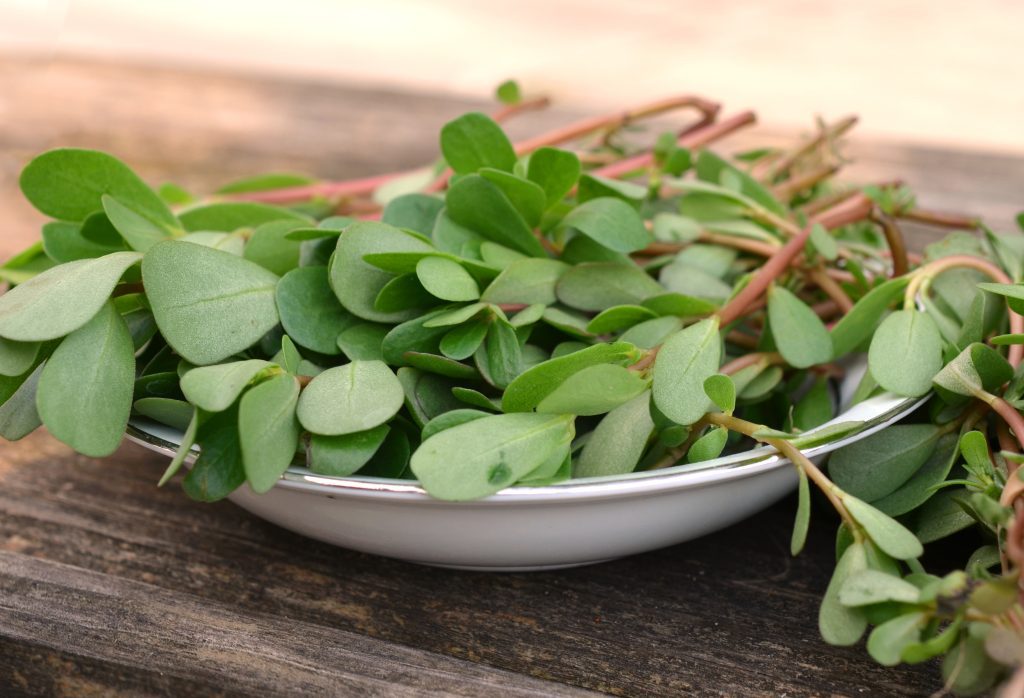Purslane And Its Medicinal Uses
Purslane (Portulaca oleracea) is a herbaceous plant with many medical benefits. It has been cultivated for human use for hundreds of years. It is native to large areas in Europe, Australia, North America, Southern Asia, and so on. People serve Purslane in salads and it is chock full of nutrients when eaten raw. It counts itself as one of the world’s most nutritious plants and comes with a plethora of medicinal benefits to boot.
Purslane contains a minimal number of calories; 16 calories/ 100 grams. Most of the plant is water (93%), while the remaining (7%) is an essential nutrient. Purslane provides you with a high dose of vitamins and is among the most vitamin-rich plants on earth. It contains many vitamins like E, A, C, B1, B2, B3, etc. Vitamin A and C are present in higher quantities.
A large variety of minerals is present in purslane. Many macro- and micronutrients such as calcium, magnesium, phosphorus, and potassium are present in large quantities. It follows that only 100g of purslane can fulfill one’s daily need for micronutrients like manganese, phosphorus, iron, etc.
Calcium and magnesium found in the plant can also be beneficial for bones and teeth, especially for women.

Along with vitamins and minerals, purslane also contains antioxidants. The antioxidants serve to neutralize the body from any toxic compounds by reducing free radicals in the body. This is an important benefit because free radicals can cause major harm to DNA in their short lifespan. Glutathione and melatonin are present in significant amounts. Similarly, beta carotene, which is also present in purslane, can be beneficial in lowering the risk of cancer.
